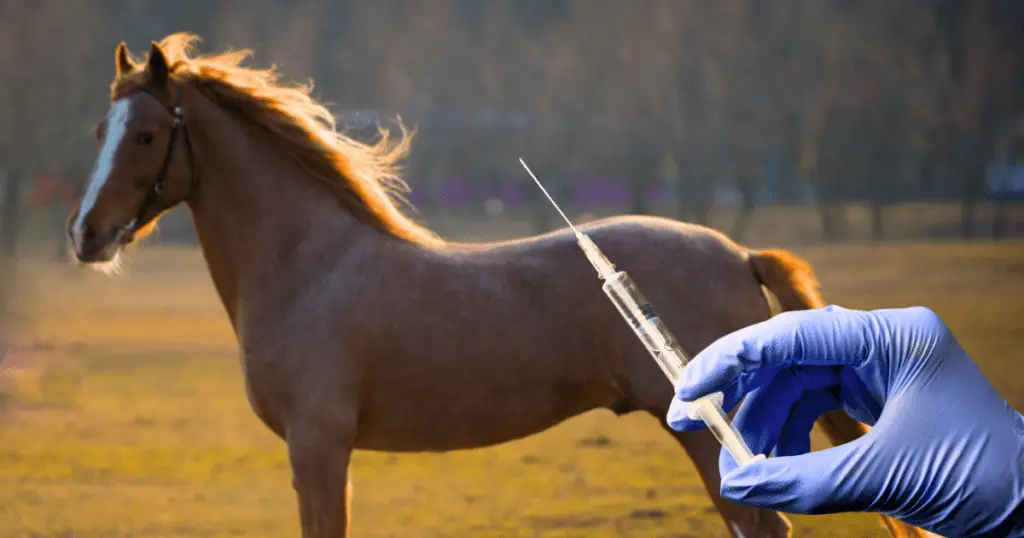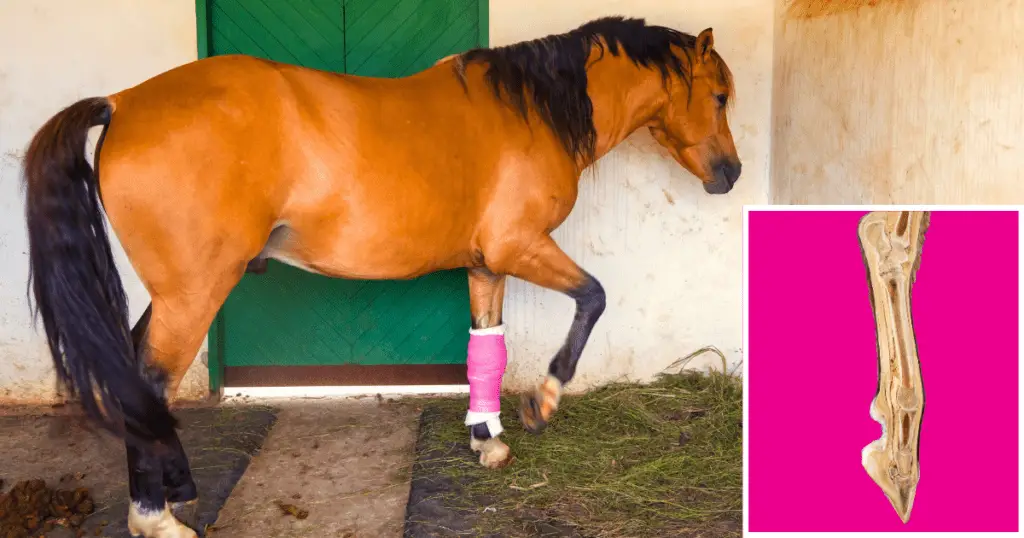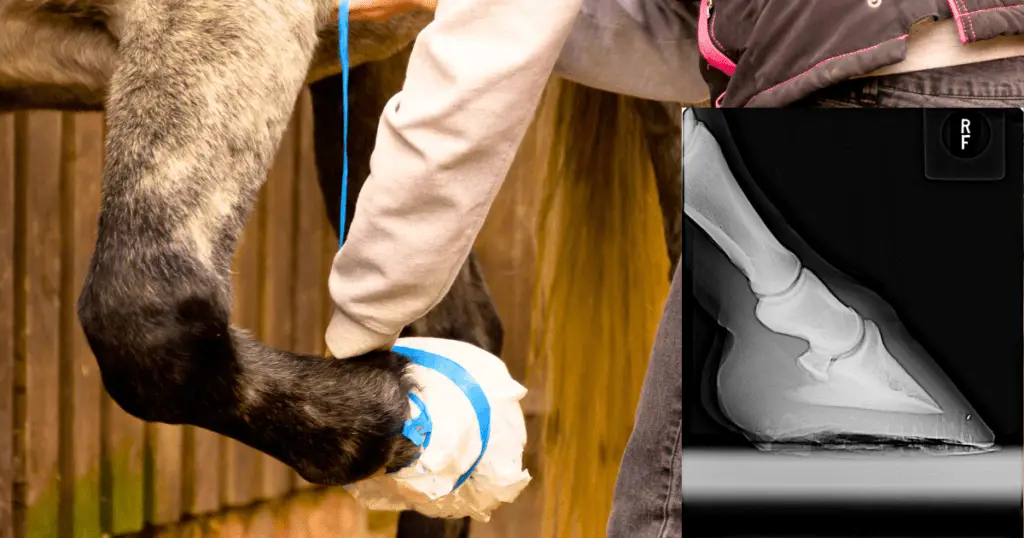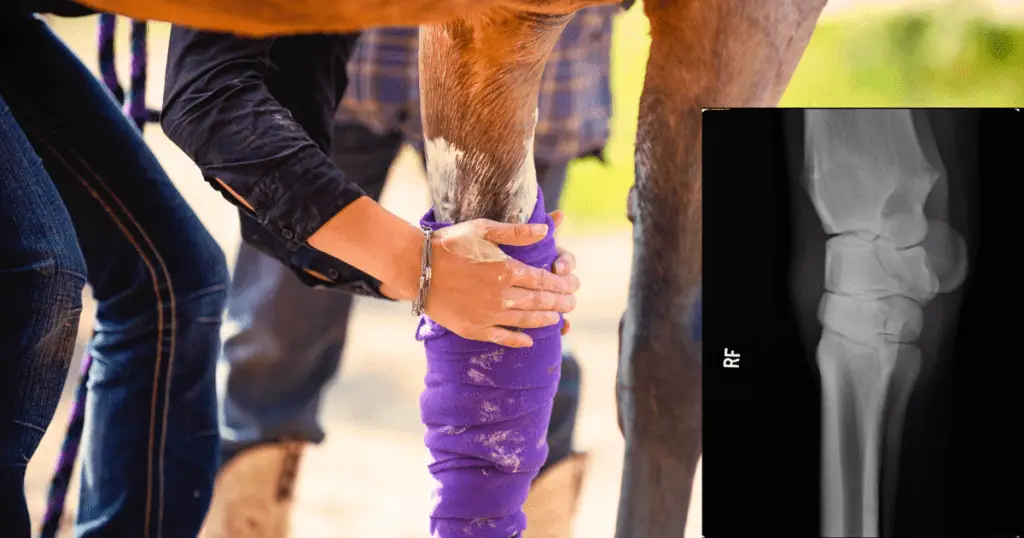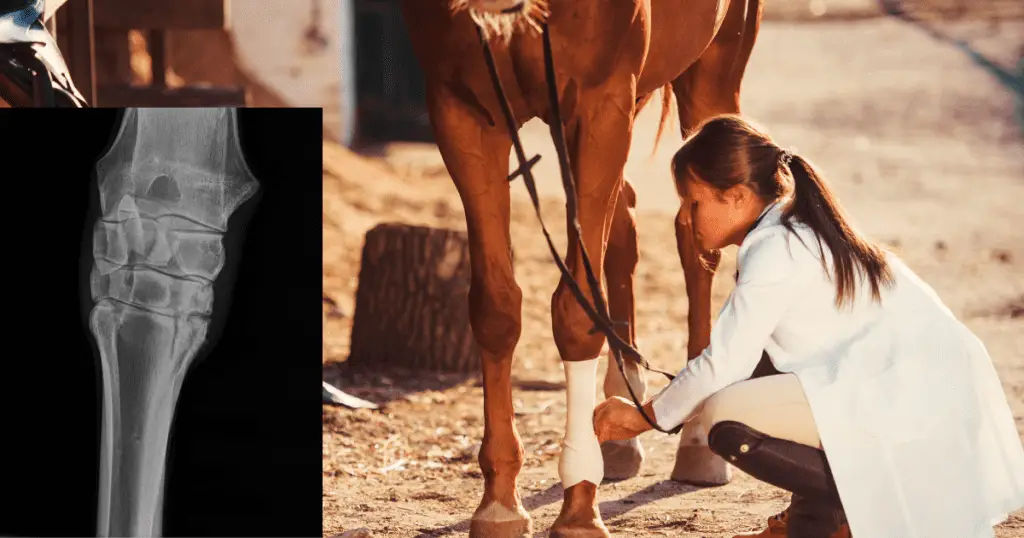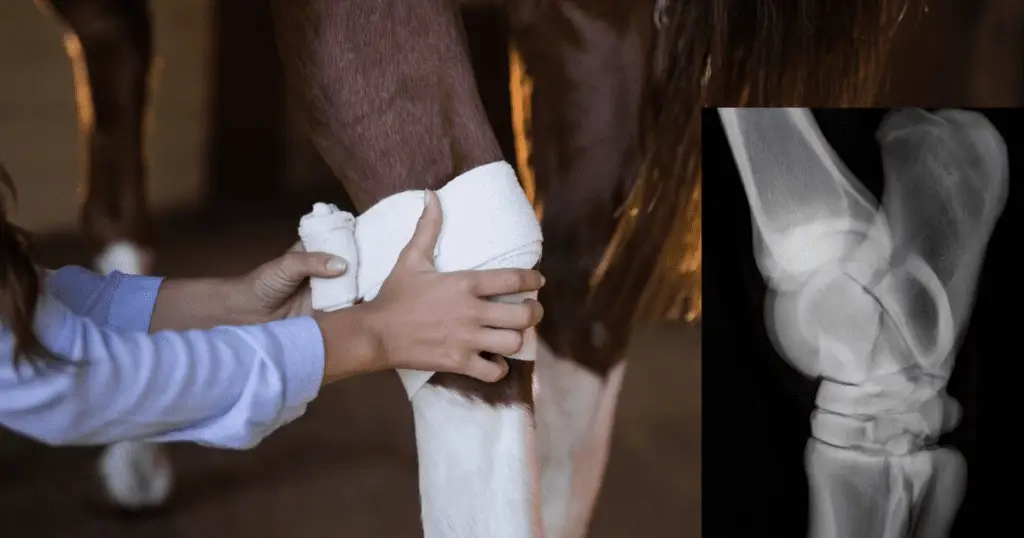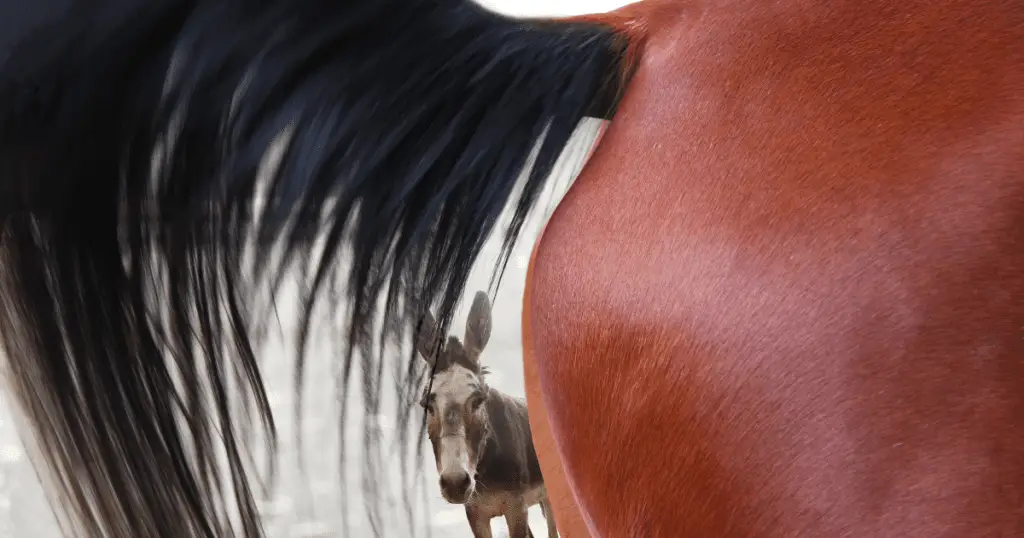TOXIC WEEDS For Horses IN AUSTRALIA Your guide to toxic weeds for horses in Australia, including where and when they grow. This document is a basic field guide toweeds that are toxic to horses in Australia. It’s ahelpful resource that you can keep on fileto identify and protect your horse fromtoxin poisoning. Each weed has a code in brackets at the endof the name (i.e. Paterson’s Curse PA), whichrelates to the type of toxin present. The different types of toxins are listed atthe end of this document, along with thesymptoms your horse may display if poisoninghas occurred. Each weed is displayed in a photo for easyidentification, along with information about thestate it grows in, and the time of year it growsor flowers. The level of toxicity present in each weed isalso displayed, indicating whether it’s midly,moderately or highly dangerous to horses. Horses are very selective when grazing. Mostwon’t eat weeds unless there is no otheroption (i.e. in drought conditions) or if hay orfeeds given are contaminated. Some weeds in their dried form are still quitetoxic to horses, so it’s always advisable tocheck hay before giving it to horses for anyforeign weeds. Paterson’s Curse (PA) | Echium plantagineum[Boraginaceae](Salvation Jane, Lady Campbell Weed, Purple Bugloss,Riverina Bluebell, etc.)Location : Located in all states. Declared noxiousweed, except QLD and ACT.Season: Short-lived Winter annual.Danger Level: Highly dangerous, usually unpalatableto horses. All parts of the plant are toxic and thetoxicity is not lost in dried plants. Paterson’s Cursegrows to 90cm. Flowering occurs in early Spring. Crotalarias (PA) | Echium plantagineum[Fabacaeae](Kimberly Horse Poison, Grey Rattlepod, NarrowleafRattlepod, Yellow Rattlepod, etc.)Location : Not in VIC or TAS. Season: Most species are annual, with some beingperennial. Some species are native.Danger Level: : Highly dangerous, usually unpalatableto horses. Plants in Crotalaria genus are knownas ‘rattlepods’ because the seeds rattle inside thedeflated seedpod when shaken. A horse poisoned issaid to be suffering ‘Crotalism’, ‘Walkabout Disease’or ‘Kimberly Horse Disease’. Ragwort (PA) | Senecio jacobaea[Asteraceae](Tansy Ragwort, Common Ragwort, Stagger Wort,Stinking Willy, St James’ Wort, etc.)Location : Declared noxious weed in VIC, TAS, NSW,SA and WA. Season: Long-lived perennial that grows to 1.2m.Ragwort usually flowers in Summer. The flowers arebright yellow. The plant gives off an upleasant smellwhen damaged.Danger Level: : Moderate danger Fireweed | Senecio jacobaea[Asteraceae](Madagascar Ragwort, Senecio Amarillo, etc.)Location : The plant has spread rapidly in Australia,particularly in the past 30 years and is a significantproblem for famers. Declared noxious weed in QLD,NSW, ACT and WA. Season: Short-lived annual that grows 10-50cm tall.Danger Level: Moderate danger. Fireweed is nativeto southern Africa and Madagascar. Blue Heliotrope (PA) | Heliotropiumamplexicaule [Boraginaceae](Wild Verbena, Clasping Heliotrope, Purpletop,Turnsole, Wild Heliotrope, Creeping Heliotrope, etc.)Location : QLD, NSW, VIC and SA. Declared noxiousweed in NSW and WA. Season: Summer-growing perennial that grows to30cm. The plant produces a flush of growth fromAutumn to Spring, and flowering usually occurs fromNovember through Summer and into early Autumn.Danger Level: Moderate danger. Common Heliotrope (PA) | Heliotropiumeuropaeum [Boraginaceae](Potato Weed, European Heliotrope, Barooga Weed,Wanderie Curse, Bishop’s Beard, Caterpillar Weed,etc.)Location : Declared noxious weed in WA and TAS,located in all states. Season: Short lived annual that grows to 30cm.Danger Level: Moderate danger. Heliotropium Ovalifolium (PA) |[Boraginaceae](Heliotropium coromandelianum var. ovalifolium,Heliotropium gracile, etc.)Location : WA, NT, QLD and SA.located in all states. Season: Perennial that grows 15-80cm.Danger Level: Moderate danger. Amsinckias |[Boraginaceae](Amsinckia calycina, Amsinckia lycopsoides,Amsinckia intermedia and Amsinckia menziesii.)(Amsinckia, Yellow Burrweeds, Fiddlenecks, etc.) Itis thought these plants may not be separate species,but different forms of one species.Location : Declared noxious weeds in VIC, SA andWA, located in all states. Season: Short-lived perennial that grows 10-50cm.Flowering occurs from late Winter to Spring. Theflowers are tube-shaped, and yellow or orange.Danger Level: Moderate danger. Blue Canary Grass (TA) |Phalariscoerulescens [Poaceae]Location : NSW, VIC and TAS. Season: Short-lived perennial that survives for 3-4years. It grows vigorously in Autumn and Spring,especially after rain. The grass continues its growththrough Winter and has a Summer dormancy period.In cool, high rainfall areas, the grass maintains growththrough Summer. Flowering occurs in late Spring.Danger Level: Highly dangerous. Paradoxa Grass (TA) |Phalaris paradoxa[Poaceae]Location : Located in all states, except TAS. Season: Annual. It grows mainly in Winter andSpring, and can grow vigorously after rain. The seedsgerminate in Autumn to early Winter. Floweringoccurs in late Spring.Danger Level: Highly dangerous. Smooth Darling Pea |Swainsona galegifolia[Fabaceae](Swainsona, etc.)Location : QLD, NSW, VIC and NT. Season: Perennial that grows to 1m. The plantflowers in Spring.Danger Level: Highly dangerous. Hairy Darling Pea |Swainsona greyanaLocation : QLD, NSW and SA.Season: Perennial that grows to 1.5m. The plant flowers in Spring.Danger Level: Highly dangerous. Grey Swainsona |Swainsona canescensLocation : WA, NT, QLD and SA. Season: Perennial that grows to 60cm or higher infavourable conditions. The plant flowers from Maythrough to December.Danger Level: Highly dangerous. Broughton Pea |Swainsona procumbensLocation : QLD, NSW and VIC. Season: Perennial that grows 30-50cm. The plantflowers in Spring.Danger Level: Highly dangerous. Dwarf Darling Pea |Swainsona luteolaLocation : QLD, NSW and SA. Season: Perennial that grows to 50cm. The plantflowers in Spring.Danger Level: Highly dangerous. English Yew (TAX) | Taxus baccata[Taxaceae]Location : NSW, VIC and TAS. Season: Evergreen tree that can grow to 20m. Thetree has a dark trunk that is quite thick in matureplants. It flowers in Spring.Danger Level: Highly dangerous. Field Bindweed (TROP) | Convolvulusarvensis [Convulvulaceae](Common Bindweed, Morning Glory, Field MorningGlory, etc.)Location : Located in all states. Declared noxiousweek in VIC, SA and WA. Season: The vine flowers in Spring to early Autumn,with most flowers appearing in Summer.Danger Level: Moderate danger, however, no casesof Field Bindweed poisoning have been reported inAustralia. Thornapples (TROP) | Datura spp[Solanaceae]The plants in the Datura genus are commonly knownas thornapples. There are several native thornapples,but most of the species that grow in Australia wereintroduced as garden ornamentals.Location : Located in all states. Season: Summer-growing annual. They range inheight from 50cm-2m, but most grow to 1m.Danger Level: Moderate danger. Angel’s Trumpet (TROP) | Brugmansia spp[Solanaceae]Location : Located in all states, except NT. Season:Grown in Australia as garden ornamentalsand some species have naturalised in some areas ofAustralia. Perennial shrubs or small trees that cangrow to 5m, but most are around 3m.Danger Level: Low danger. Poison Corkwood (TROP) | Duboisiamyoporoides [Solanceae]Location : East coast of Australia, SA and NT. Season: Native to Australia. Shrub or tree that cangrow to 9m. The bark of the tree is thick and ‘corky’,and is yellowish-brown to pale grey in colour. PoisonCorkwood flowers in Winter and Spring.Danger Level: Low danger. Corkwood (TROP) | Duboisia leichhardtii[Solanaceae](Poisonous Corkwood, Queensland Duboisia, YellowBasswood, etc.)Location : QLD and northern NSW. Season: Native to

